

It’s time once again for another one of Mario’s infamous parties. The series makes its debut on the Nintendo 3DS with Mario Party: Island Tour, and with it comes 80 all new mini-games for portable gaming enthusiasts to partake in. While the previous iteration on the Wii, Mario Party 9, managed to change up the formula in significant and entertaining ways, this 3DS installment reverts back to a more traditional layout that provides gamers with mediocre experience that can be easily overlooked by fans.
Anyone who’s played Mario Party should be accustomed to the board game-inspired layout and dice-punching smorgasbord that awaits them, but there are a handful of differences. Since this is a party game built for a portable gaming system — a format that usually caters to single-player use — there are several different modes Nintendo has designed to give solo players a little more to sink their teeth into. Of course, those who have friends within the immediate area are still able to partake in a multiplayer-centric experience as well.
There are three modes prominently accessible in Mario Party: Island Tour, all catering to several different tastes depending on how players are feeling. These gameplay options are none other than Bowser’s Tower, Party, and Minigames, and they manage to drum up enough content between them to keep playing interesting — albeit briefly. Whether fans want to have fun by themselves, with friends, or just hop in for a few quick challenges, this title has gamers pretty well covered.
Bowser’s Tower, debuting for the first time ever in the franchise, is a single player exclusive game mode that attempts to add a story to the zaniness that usually accompanies Mario Party games. The plot point for this campaign offering of sorts is that Bowser has arrived (in a tower no less) and has begun ruining all of the fun that Mario and company were having on the Party Islands. The only way to defeat the perpetually rude reptile is to clear 30 floors worth of minigames and send the baddie packing.
Upon entering the tower, players are greeted with evil bubble versions of existing characters — all of which are CPU controlled — and they’ll then be given the option of choosing between two randomly selected minigames. The only drawback to playing these games is that the A.I. opponents are some of the easiest to dismantle, and they remain that way throughout a majority of Bowser’s Tower. Upon moving up a level, Bowser spins a wheel in hopes of setting partiers back in their quest to topple him, but these rarely do anything to hinder the progress of individuals.
Along the way, users encounter boss fights and these mix up the gameplay in an enjoyable way. While some confrontations manage to add to the game itself, namely King Bob-Omb and the final battle against Bowser, the rest are either much too easy or too brief. As a result, the implementation of boss battles in Mario Party: Island Tour, while enjoyable, don’t manage to continuously draw attention in a meaningful or impactful fashion — leaving players with very little reason to revisit the mode once after completion.
Party mode, on the other hand, throws players into a more traditional game of Mario Party than Bowser’s Tower does. Bringing back the board game-based levels and iconic dice, Party mode abandons the need to gather coins and stars in favor of making the game itself play out as more of a race. Throughout the title’s 7 unique boards, one of which is exclusive to multiplayer and another needing to be unlocked, players will usually race to a finish line or see who can progress the furthest within a set amount of time. There are variations of this style, one board in particular called ‘Star-Crossed Skyway’ requires players to collect as many mini stars as possible, but players will usually find themselves scurrying to see who can cross a finish line.
Every time one of these games kicks off, players will find themselves rolling the dice more than they are actually jumping into minigames. This is because minigames, the largest draw of any Mario Party title, do not occur once every player has had a turn. As a result, focus shifts onto rolling dice and the game then proceeds to become a dull and tedious affair. When players are fortunate enough to enter a minigame (be it after enough turns have passed or players randomly land on a ‘VS’ space) they’ll quickly realize that they are lackluster in quality. Most of the 80 “all-new” games are rehashes of previous entries in the franchise and anything new doesn’t stack up the the standards of past entries.
It doesn’t even look like Luigi is having fun.
Multiplayer in Mario Party: Island Tour adds some fun amongst friends. Allowing up to four people to access every square inch of the game via Download Play, and all that’s required are additional 3DS units and a single copy of the game. This is one of the most redeeming factors about the title, but the meat of the game itself won’t keep groups of friends content for very long. Those looking for a quick grab-and-go session will enjoy the third and final mode, Minigame, but the quality of the bite-sized time-wasters are still subpar.
Mario Party: Island Tour fails to innovate the franchise and comes across as a major misstep. The 80 new minigames and newfound focus on reaching finish lines don’t correlate well with one another; leaving a very bland and forgettable game in their wake. While single-copy multiplayer is great in certain circumstances, it’s just not impactful enough to be this title’s saving grace. This is one party that can easily be missed.
–
Mario Party: Island Tour is available now, exclusively for the Nintendo 3DS.
You can follow Riley on Twitter @TheRileyLittle.
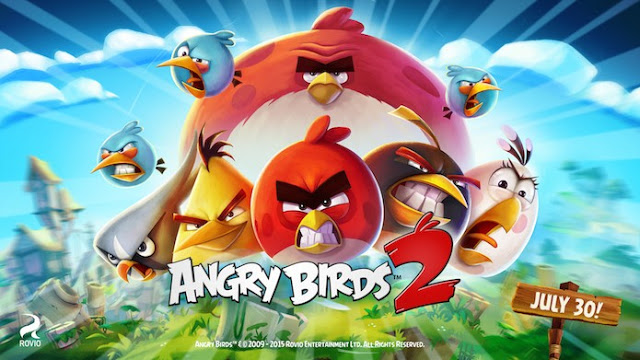


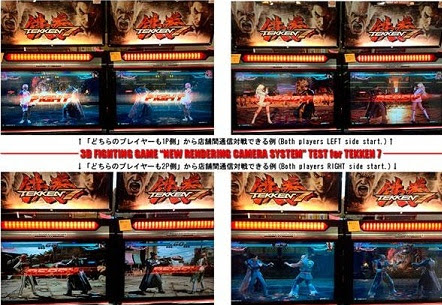
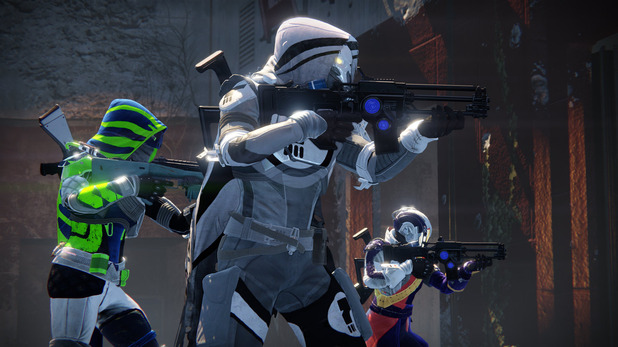 Destiny: The Taken King - How to use the Titan Sunbreaker Hammer of Sol Glitch
Destiny: The Taken King - How to use the Titan Sunbreaker Hammer of Sol Glitch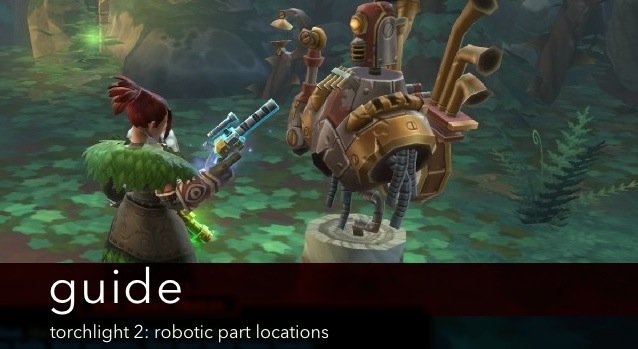 Torchlight 2 Quest Guide: Robot Part Locations
Torchlight 2 Quest Guide: Robot Part Locations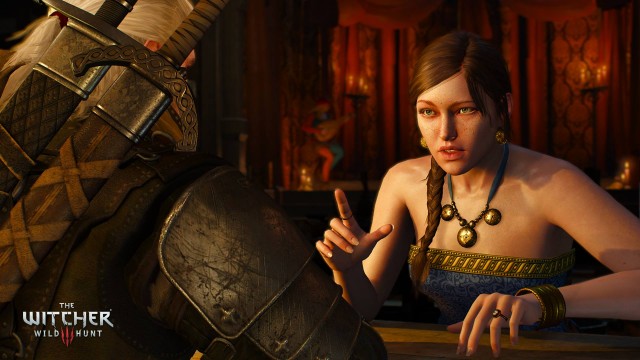 The Witcher 3: Wild Hunt Unlocking God Mode and Easy Level Up thanks to PC Debug Console
The Witcher 3: Wild Hunt Unlocking God Mode and Easy Level Up thanks to PC Debug Console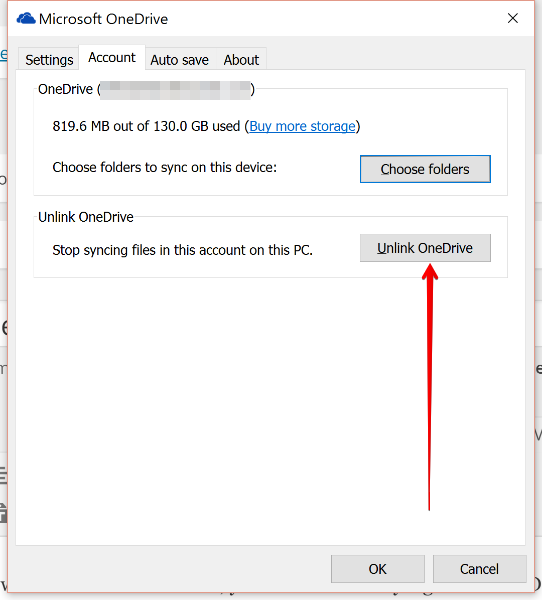 Not a OneDrive Fan? Here's How to Sign Out in Windows 10
Not a OneDrive Fan? Here's How to Sign Out in Windows 10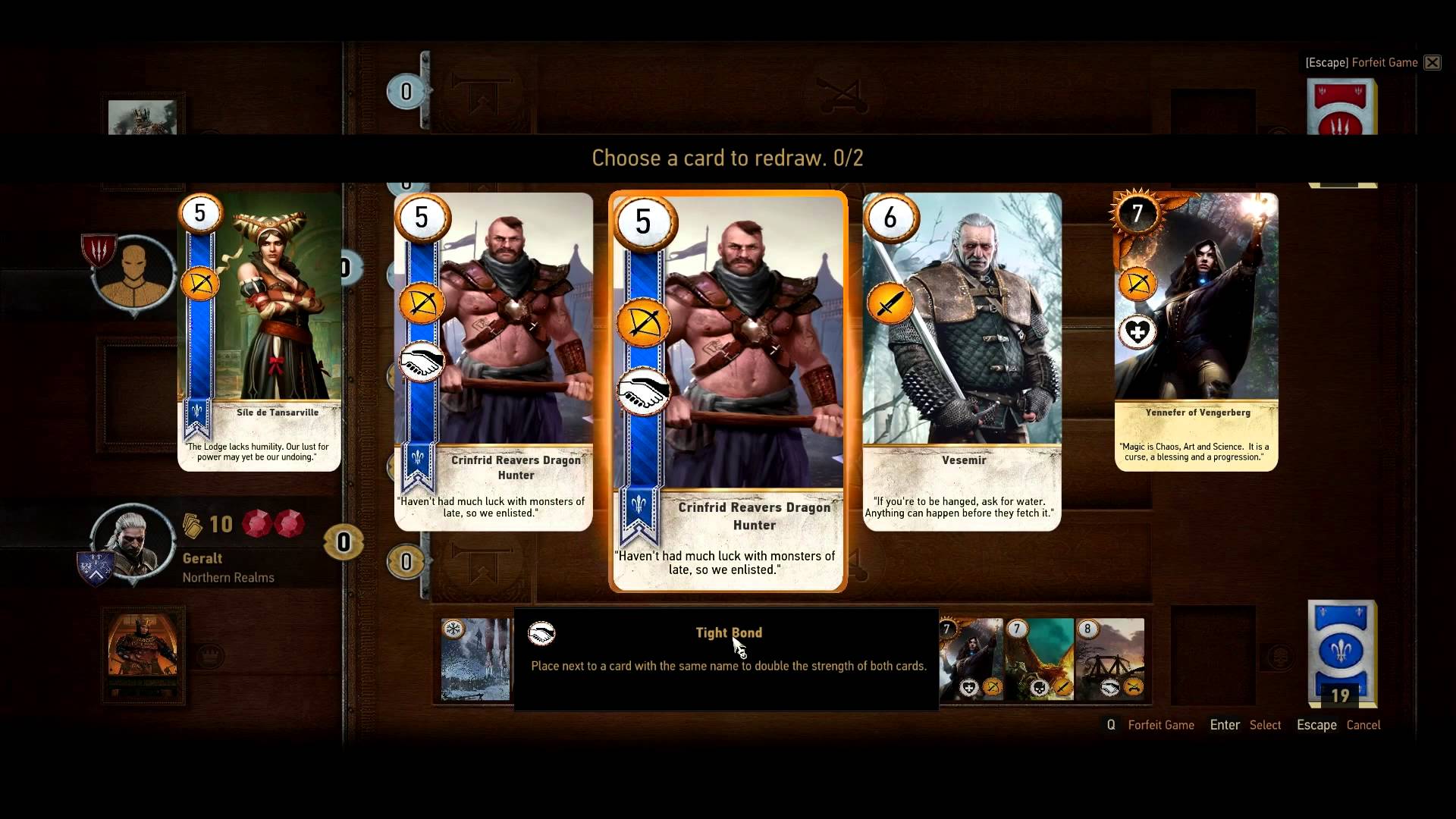 7 Underhanded Tactics for Mastering Gwent (as Northern Kingdoms)
7 Underhanded Tactics for Mastering Gwent (as Northern Kingdoms)